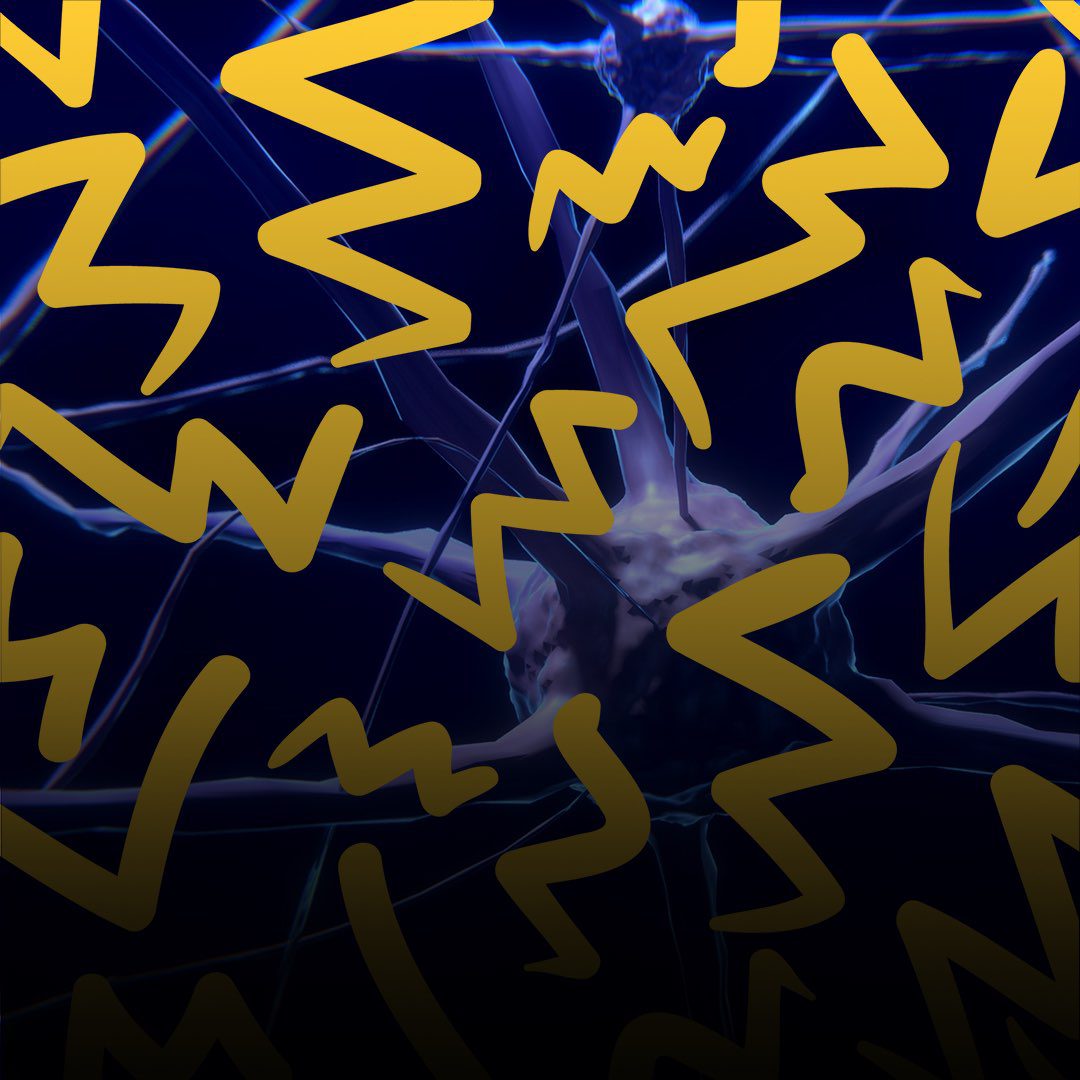I recently completed an online course about the central nervous system and had to write an essay for my final project. It was fun to do and highlights one of my good friends, so I’m sharing it here! Keep reading to learn more about dystonia and the central nervous system.
My good friend Devin lives with a neurological disorder called dystonia, which causes uncontrollable muscle contractions in his face, neck and back. Devin’s dystonia can make it difficult for him to speak, as it causes pain in his jaw and limits his control over muscles in his tongue, among other symptoms. Here is what is going on in the nervous system as Devin makes conversation.
Sound waves travel from the mouth of the person Devin is speaking with and reach his ear. The pressure caused by the sound waves travels into his external ear and pushes on the stapes in the middle ear, transferring the air pressure into fluid pressure. This fluid moves through the cochlea and then moves the cilia in the inner ear, opening an ion channel through which ions flood through. This transforms the fluid pressure into an electrical signal. This electrical signal then travels to the primary auditory cortex and the temporal-parietal junction (the lexical interface), where the speech sounds are comprehended and interpreted. From there, this information travels to the frontal lobe along a dorsal pathway in the brain where speech is then produced.
Dystonia does not affect this process of interpreting language, but it does affect the following process where the produced speech must travel along neurons from the brain to muscles involved in speech articulation. Devin says, “I think faster than I’m able to produce words intelligently.” This obviously makes it tough for him to express himself, however, he has found a silver lining in it, continuing to say that, “If anything, dystonia has forced me to think more deeply and critically than many. I’ve been given the opportunity to self reflect and observe the world from the outside.”
Thinking deeply is not a problem for Devin, nor is deciding what he wants to say. The difficulties occur in the transfer of this information to muscles involved in speaking, such as the tongue. So far, Devin has interpreted the speech he has received and has formulated his reply in his frontal lobe. However, his dystonia causes constant muscle contractions in his tongue and jaw which make the articulation of these thoughts very difficult. The normal process involves a controlled release of acetylcholine in response to a specific action potential related to the desired speech coming from the frontal lobe of the brain. Instead, Devin experiences the constant, uncontrollable release of acetylcholine from neurons onto muscle cells involved in speech production. This constant release of acetylcholine onto muscle cells in his tongue causes contractions which make it extremely difficult for Devin to make the fine movements required for articulation.
When speaking, Devin is essentially fighting against a chemical process in his body which does not turn off. This can be extraordinarily tiring for Devin. He says, “In regards to speaking, I often feel very restricted in my throat when communicating verbally. The base of my tongue gets very tight and burns after talking for an extended time. An extended time is 10-15 minutes, which isn’t very long at all. It causes brain fatigue as well. If I talk too long, I’ll experience burning and muscle tension in my jaw and neck.”
Dystonia currently has no cure, but there are treatments that exist which can reduce the causes of it and give Devin some, but not total, relief. One example is botulinum toxin injections which help to block the release of acetylcholine and can reduce the intensity of muscle contraction in the body. Devin says, “Since 2015, I’ve been receiving a botulinum toxin called Xeomin, which has radically reduced my neck spasms. The brain still sends the misfiring brain signals though, so I find myself tired often throughout the day.”
Another treatment that has been helpful to Devin is Deep Brain Stimulation (DBS) surgery. This involves implanting tiny electrodes into the brain regions associated with the muscles where the contractions are occurring. These electrodes help to block electrical signals in the brain which are triggering the muscle contractions. About DBS, Devin states, “DBS surgery has given me the most profound relief. I went from wanting to die to wanting to thrive overnight basically.”
While Devin’s experience in life is certainly much different than most people, it has not stopped him from living a life of value. He is currently the founder of a nonprofit organization called “Down with Dystonia” which works to educate first-responders and other medical professionals about dystonia, in addition to raising awareness of this disorder and advocacy. Dystonia is actually the third most common movement disorder in North America and it is a goal of “Down with Dystonia” to help address the needs of those living with it.
